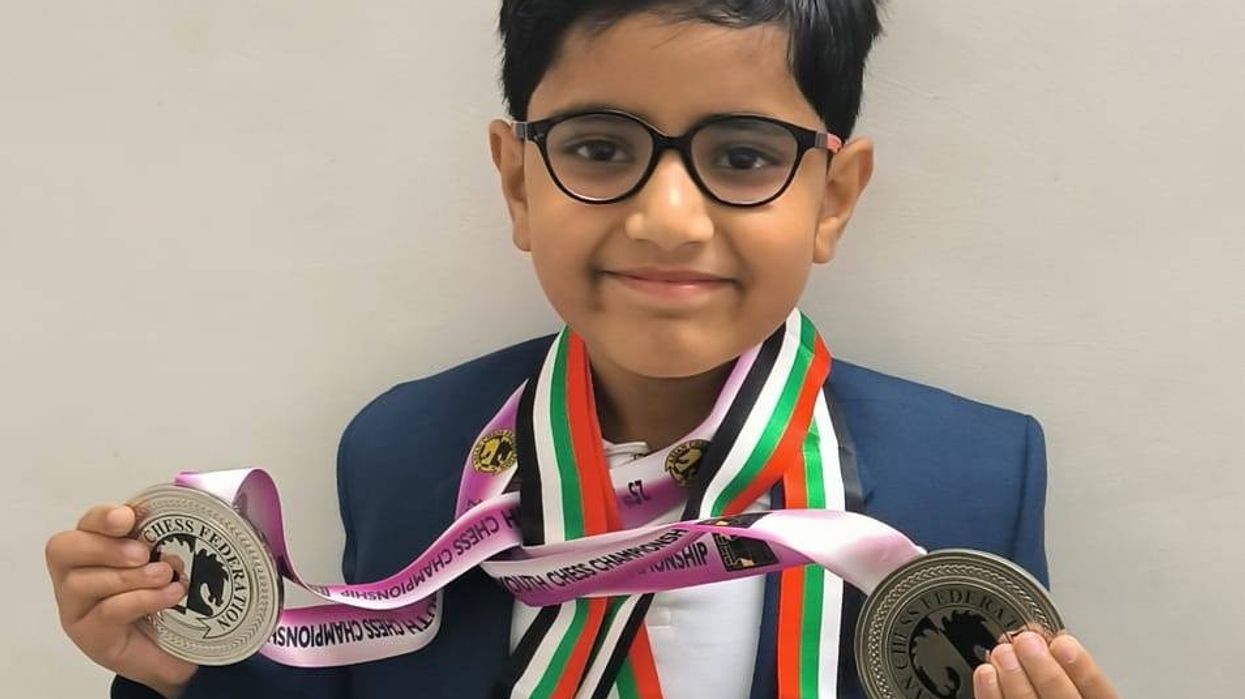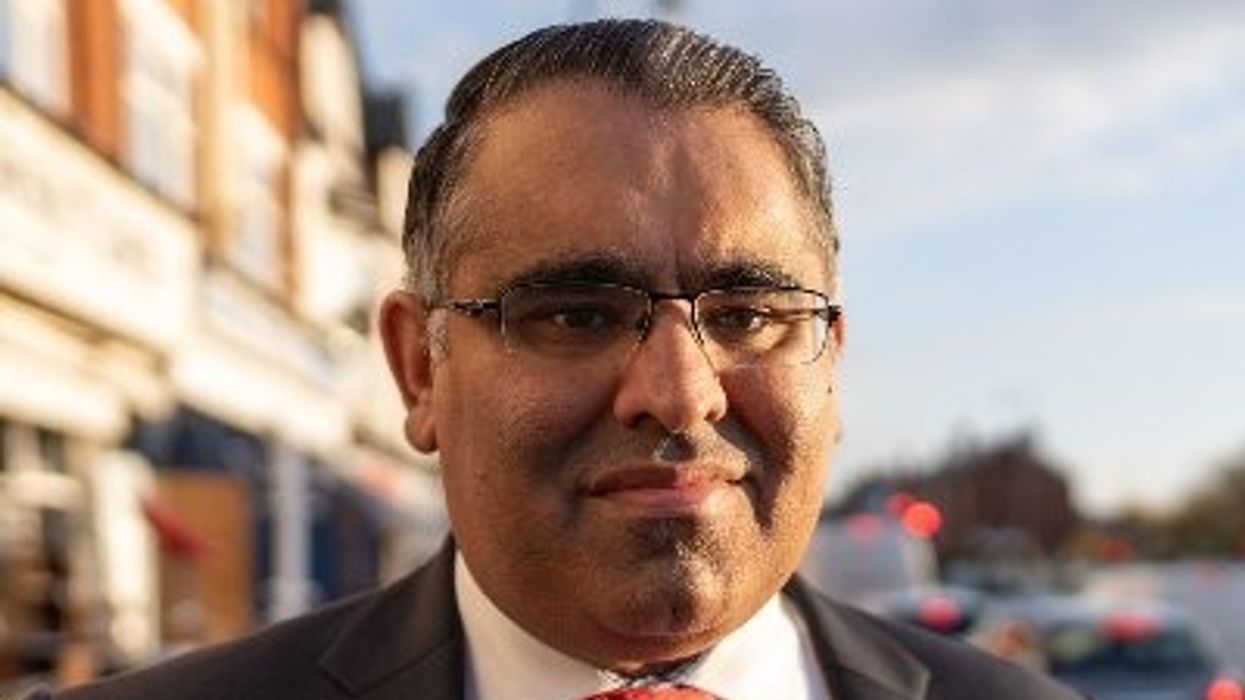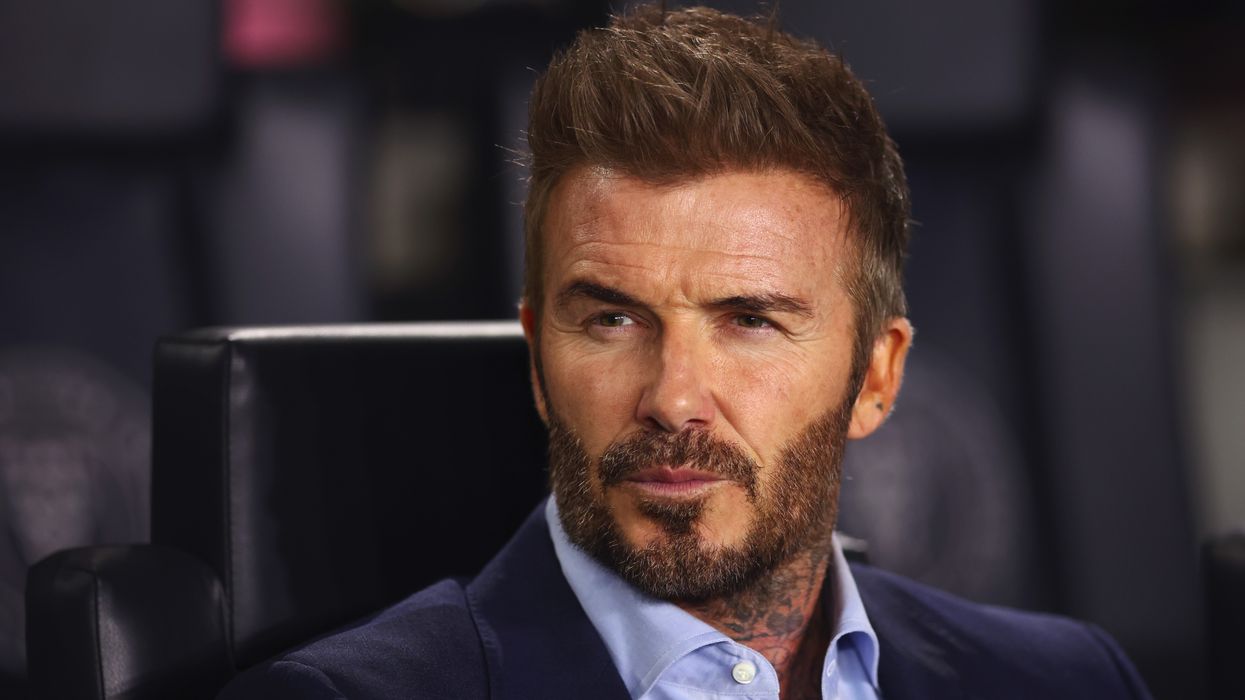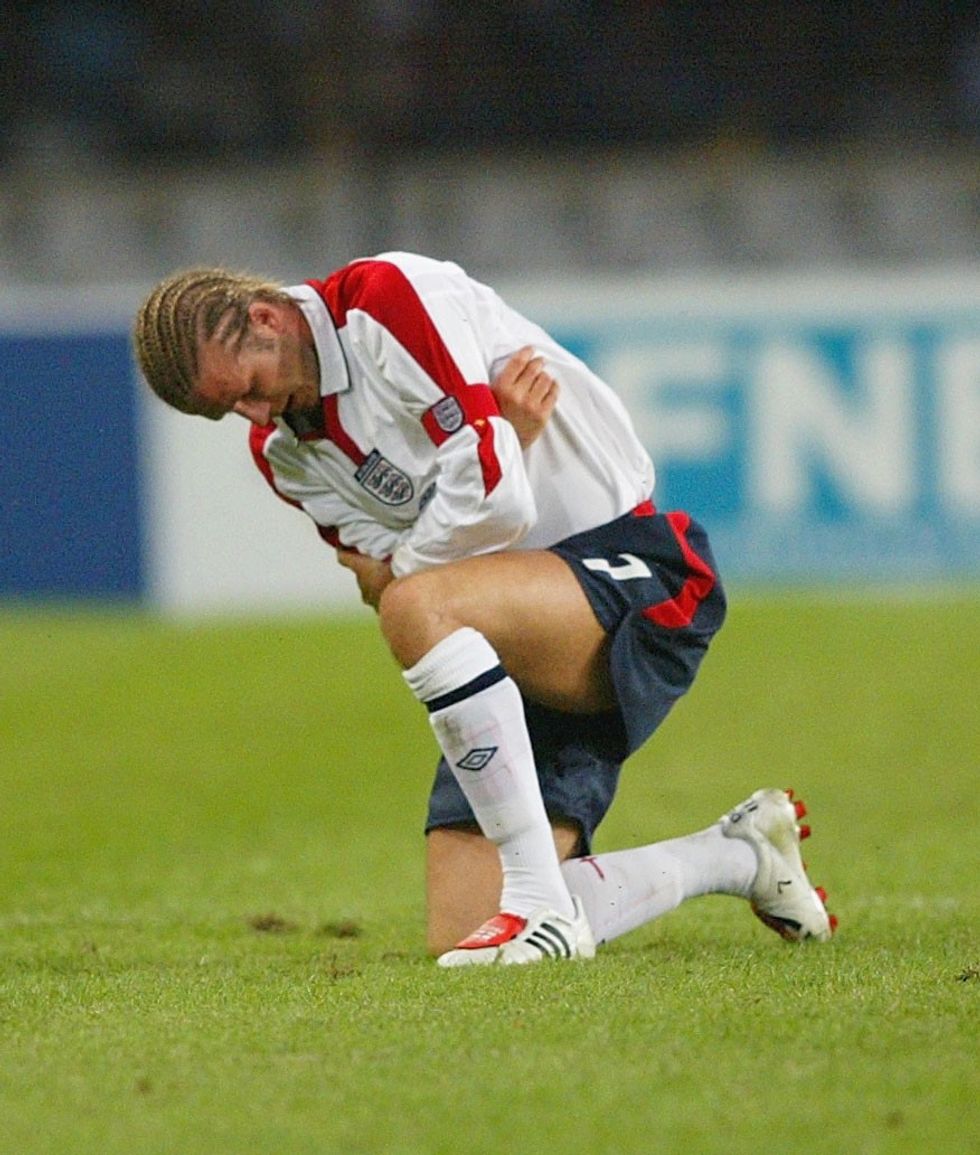THE Football Association has announced that FA Cup matches during Ramadan will temporarily pause to allow Muslim players to break their daily fast.
The Football Association’s fifth-round fact sheet said, “Players observing Ramadan will be permitted a short pause in play to break their fast.
“An approximate time will be agreed when the pause will take place, and it will not be used as a team drinks break or tactical time-out.”
Manchester City’s match against Plymouth last Saturday (1) and Manchester United’s game against Fulham last Sunday (2) were the first fixtures to implement the new Ramadan provision. Muslim players benefited included City’s Omar Marmoush and Abdukodir Khuzanov, Manchester United’s defender Noussair Mazraoui, and Fulham’s winger Adama Traore. Plymouth’s manager Miron Muslic is also Muslim.
The Premier League has previously issued similar guidelines during Ramadan, with players traditionally breaking their fast during natural breaks in play, such as goal-kicks, free-kicks, or throw-ins.
Simultaneously, Manchester United has made significant strides in fan inclusivity by opening a multi-faith prayer room at Old Trafford. The small red portacabin, equipped with prayer mats and a shoe rack, offers Muslim supporters a dedicated space to perform religious obligations during matches.
Asif Mahmud, chairman of the Manchester United Muslim Supporters Club, described the facility as “a significant step forward”, ensuring fans can pray regardless of their seating location.
However, the initiative has not been without controversy. Some social media accounts have posted negative comments, with isolated instances of threats against the facility. The club has robustly defended the room, stressing it is open to all faiths.
Other clubs are also recognising Ramadan’s significance. Chelsea’s Academy hosted a special gathering for Muslim players and families, with the Professional Footballers’ Association representative Riz Rehman highlighting the importance of Muslim representation in football.
Manchester City has launched an extensive Ramadan and Eid celebration campaign, offering fans multiple opportunities to engage and win exclusive prizes. The club’s dedicated online hub at mancity.com/ramadan25 will feature weekly competitions including signed player shirts, a personalised video message from Omar Marmoush, and a grand prize trip to Manchester with match tickets and stadium tour. Fans can participate in regular quizzes, polls, and competitions throughout the month, with new challenges introduced weekly to enhance supporter experience and foster community spirit.
Meanwhile, Liverpool footballer Mohamed Salah’s daughter Makkah will make her television debut in an Egyptian Ramadan series.















 Emma Raducanu during a practice session REUTERS/Andrew Couldridge
Emma Raducanu during a practice session REUTERS/Andrew Couldridge


 Victoria Beckham's story Instagram screengrab/
Victoria Beckham's story Instagram screengrab/ Victoria Beckham's story Instagram screengrab/
Victoria Beckham's story Instagram screengrab/ David Beckham of England feels the pain in his arm after being tackled and upended by Thabang Molefe of South AfricaGetty Images
David Beckham of England feels the pain in his arm after being tackled and upended by Thabang Molefe of South AfricaGetty Images